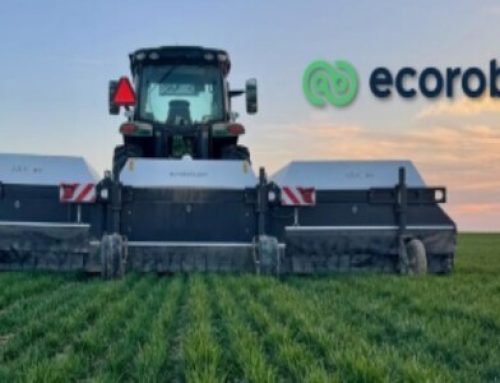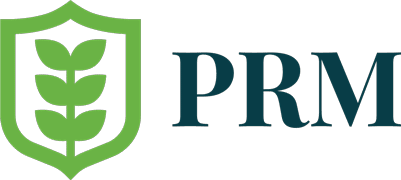By Tyne Morgan, AgWeb.com
Farmers across the U.S. push forward to plant, and there’s an immense amount of pressure riding on this year’s crop production picture. With a margin squeeze setting in across farms, economists think it could accelerate consolidation in the row-crop industry.
The April Ag Economists’ Monthly Monitor, a joint survey of 70 ag economists conducted by the University of Missouri and Farm Journal, shows economists views on the ag economy didn’t deteriorate from March to April. Their view on the current ag economy, when compared to 12 months ago, continues to show growing concerns.
“Everybody’s just continuing to wait and watch input prices stay high, costs stay high for producers, and for crops in particular, crop prices tending to move lower,” says Scott Brown, interim director, Rural and Farm Finance Policy Analysis Center (RaFF), University of Missouri. “Everybody’s waiting to see what weather is like this summer and what kind of crop we put in the bin.”
Brown helps author the Ag Economists’ Monthly Monitor. This month’s monitor shows economists expect net farm income to fall to $117.82 billion this year, which is steady with both the March and February survey results. It’s also in line with USDA’s current 2024 net farm income projection of $116 billion. However, when you consider net farm income reached $155 billion in 2023, both USDA and economists are saying they expect net farm income to drop close to 25% this year.
According to data analyzed by the University of Missouri, the change in Net Cash Farm Income is a strong metric to use when looking at the eroding ag economic picture. The change expressed in real 2024 dollars. It shows the 2023/24 change of $42,220,837,000 is second only to the 2022/23 change of $50,206,673,000 and means the largest and second-largest drops in Net Cash Farm Income have happened the past two years.
“I think the biggest one of the biggest concerns by far is this margin squeeze,” says Michael Langemeier, associate director, Center For Commercial Agriculture and Professor, Purdue University. “When you really start looking at ’24 budgets, I think the word I would use is ‘ugly.’ It looks as bad as 2019, maybe even slightly worse.”
Langemeier is not only one of 70 ag economists surveyed for the Monthly Monitor, he also helps author Purdue University’s Ag Economy Barometer each month, a survey of nearly 400 producers across the U.S.
“Looking through February, the Ag Economy Barometer has been relatively flat for about the last six months,” he says. “And that’s a little bit intriguing, because the prices did tumble a bit a couple months ago, and so that that hasn’t been reflected yet in the sentiment. But when you look at the biggest concerns, they’re still focusing on high input costs and low crop prices and high interest rates.”
Concerns About Consolidation in Ag
The April Ag Economists’ Monthly Monitor also asked a question about the risk of consolidation in the row crop side of ag. Economists were asked if the current environment of declining commodity prices and high input costs could accelerate consolidation in row-crop operations and allied industries. Nearly 80% of economists who responded answered yes.
“Maybe as strong of a responses as it was, it did surprise me,” Brown says. “In general, when you think about it, we’re headed to what’s likely a period of tighter margins. I think the economists were saying this is going to make this competition to get bigger to try to offset some of the tighter margins work in their operations.”
Economists said geographies at the greatest risk of consolidation are areas that rely heavily on wheat and cotton production or where drought continues to be an issue, including the Great Plains and the southeast Cotton Belt. Economists also point out areas of the Corn Belt that have marginal soils and production could also see consolidation. Economists also pointed out the size of an operation will be a factor.
To read the entire report click here.



